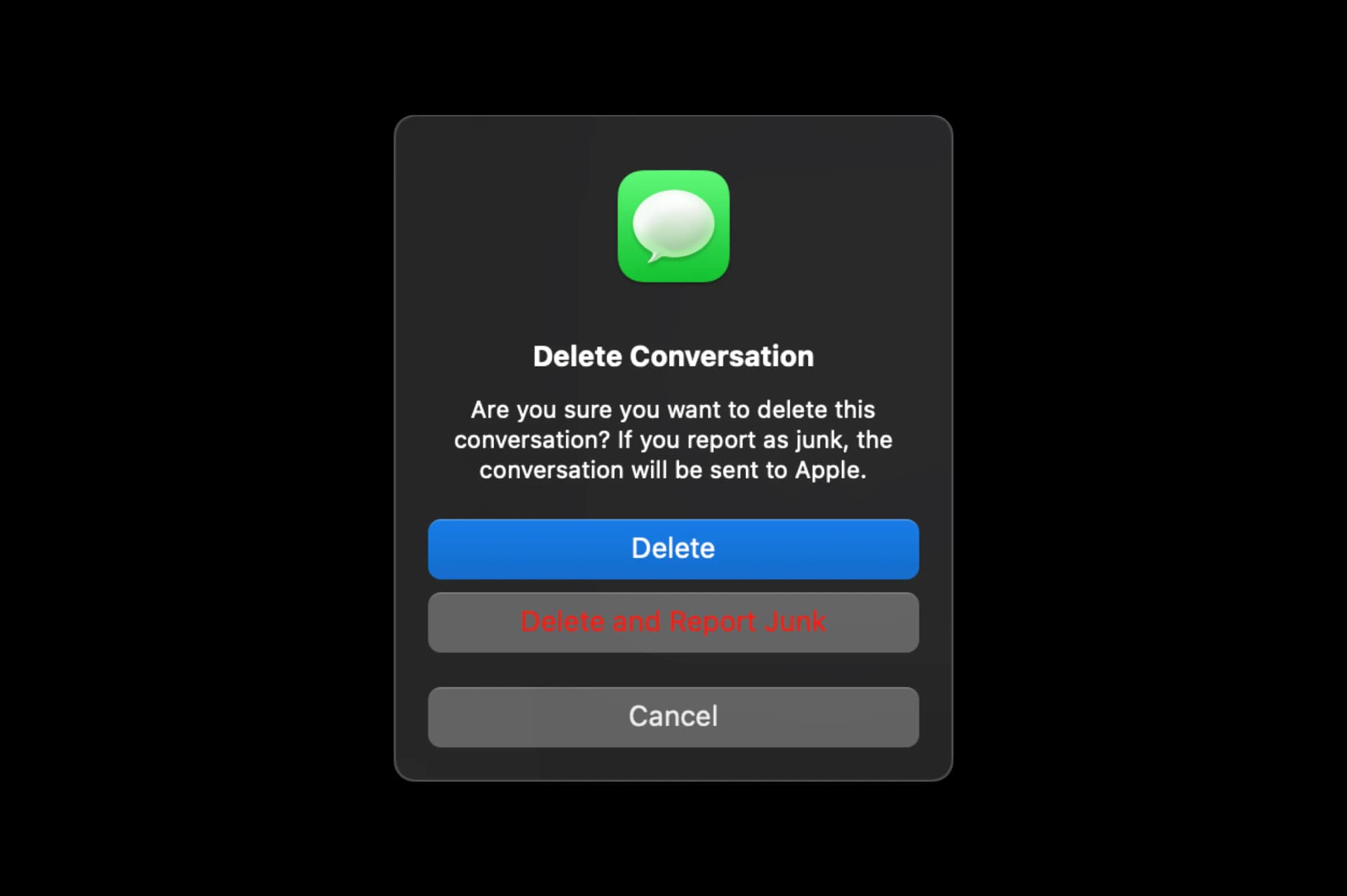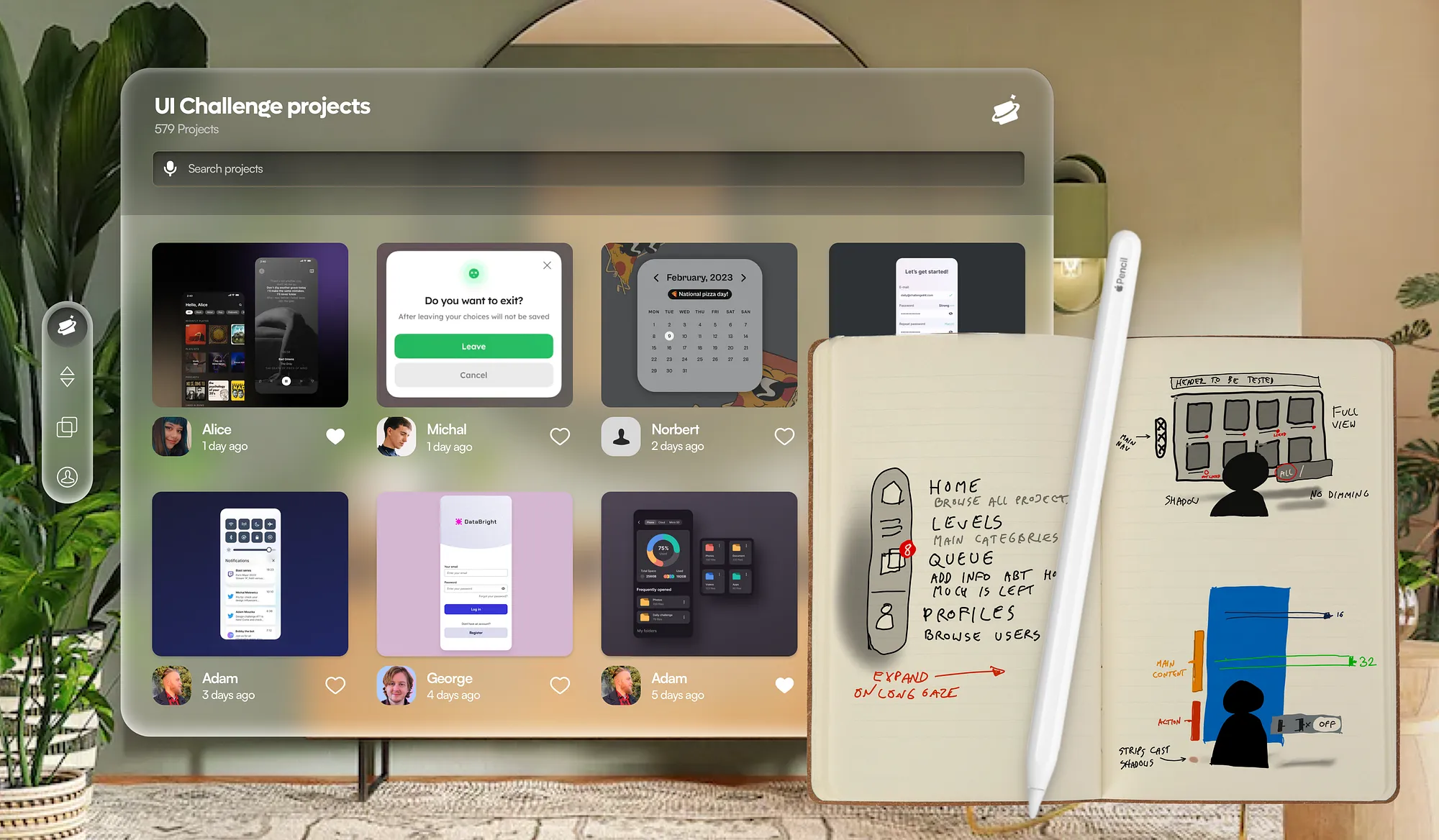Imagine if you could buy the Mona Lisa. It’d probably be very, very expensive, right? And even the version hanging in the Louvre is most likely a copy.
It’s currently worth $970 Million.
Yes, I mean “The Painting” that comes up when you search for painting in Google. In real life, it’s much smaller but it could crop to match an empty canvas on your wall easily.

How much would you pay to have a perfect, authorized by the Louvre copy on your living room wall? $500? $100? $50?
What if only 100 people in the entire world could have it? $10,000? $100,000?
This is the kind of stuff that goes through my head when I’m thinking about the future of spatial computing.

No, I am not thinking about multiple floating finder windows around you or typing an email with just your index fingers.
Let me walk you through some of my ideas.
Things. In your space.
Permanent room decorations. Hear me out! It’s like NFTs but actually making sense because you’re not decorating some obscure uncanny valley 3d space but your own, real house.
This can be a painting or a nice piece of furniture — remember not to try and sit on it — obviously.

But imagine that instead of having a window floating whenever you want to put it, this particular object snaps in place to your space — when you decide to take your Vision Pro for a New York City subway ride (hi Casey!) it stays on your wall behind you fixed in place.

You can even look back when you’re walking out just to make sure it’s still there.
And when you return home, no matter how many windows you open and close in the meantime it’s still there.
NFT?
Obviously the now almost forgotten NFT technology could come back into play here. After all, you’re not decorating some low-poly representation of your VR space anymore, but rather your real, actual apartment.
And if Spatial Computing is the future of computing, then you’ll likely be wearing those goggles when you work — and seeing your Mona Lisa on the wall just behind your Safari window.
What if the Louvre released some special 100 NFTs of the painting for your wall to help with the paint renovations? Who knows!

Bubble experiences
What if some interactive panoramas could be portrayed as floating bubbles and when you expand them they simply expand around you for more immersion?
Apple has presented the three main paradigms — from a floating window, through a panorama all the way to a fully surround VR world.

But what if we actually browsed little bubbles like that and simply enlarged them around us? Couldn’t it be cool to take a peek into a 3d, bubbly environment and then be there?
In that case, it would look more like this:

You’re picking your bubble and then you’re in.
But that combined with permanent images in your space could lead to people living a fake life of luxury while wearing the goggles and returning to a sad, depressing reality when they’re off.
Are we, as humans ready to mix the real with the unreal?
I’m wondering how it would affect people to be able to have a glimpse of a better reality within their own, just to be taken back when the battery runs out.

And when does it end? If making reality better in the virtual world ever became a thing, we could use GPS to create a fake, reskinned world all around us — wherever we go.
The house we live in would suddenly also look better from the outside.

And the cut-down forest could magically reappear as we’re walking between the tree stumps.

Are humans ready?
The main question to ask here is are we, as humans ready to mix the real with the unreal?
The floating mail window when you’re riding on a subway train is already a step in exactly that direction.
Take it slow, have fun
Or we could take it slow and simply add some less-functional but pretty additions to interfaces. Playing a vinyl record used to be an entire experience from browsing the album covers all the way to moving the needle into the right spot.
What if you just like to listen to some tunes and want something more than a floating Apple Music window? Something like this?

The design
The design of the interfaces in Vision Pro as flat, finder-like windows of course had its purpose. It’s familiar to everyone who used iPads before and it’s instantly recognizable. You don’t need to learn how to operate it, you just tap on the buttons and do stuff.
More 3D-like, skeuomorphic interfaces don’t really make sense for the majority of products, but without exploring these ideas we’d be stuck with everything following the herd.
That’s why I’m asking these questions and making these visuals — not to say they’re right but to see what comes out of it.
And I sure hope the future won’t look like this.
We’re on the verge of completely transformed UI paradigms and once this goes smaller, lighter, and cheaper it will likely be a part of the mainstream.
So is that impressive technological future going to be just flat finder windows with a handful of specialized apps going beyond that?
Or are we going to try and be playful? Exploratory. Curious?





